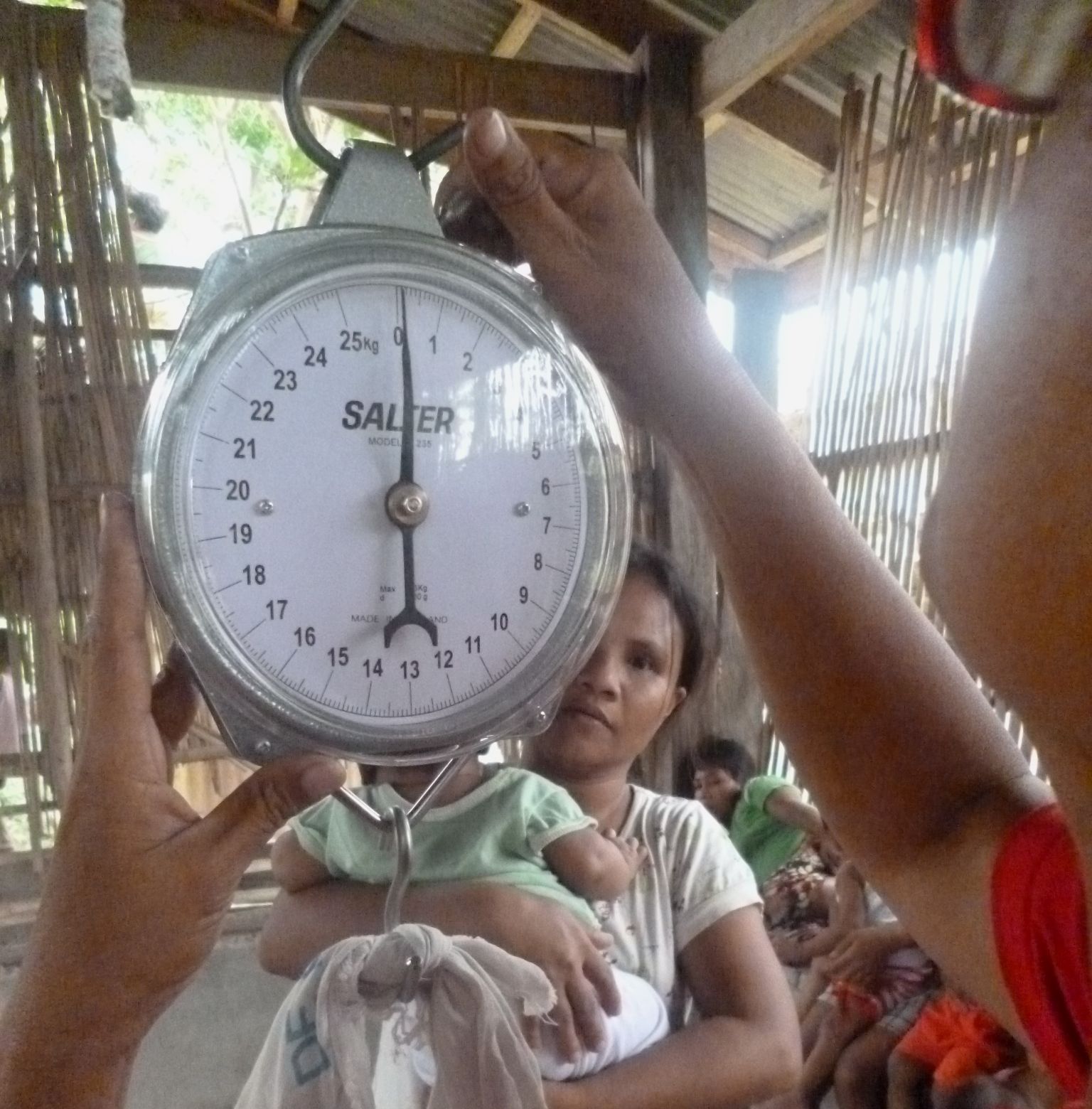Operationalizing local children nutrition surveillance system: The Philippines' Operation Timbang revisiited, the case of Abra de Ilog
Abstract
Background: Malnutrition among Filipino children persists; underscoring the value of nutritional assessment procedures. In the Philippines, this is carried out at the local level in its annual Operation Timbang [weigh] (OPT or OPT Plus). Local government unit officials observed higher malnutrition prevalence rates in nutrition survey reports of the Department of Science and Technology’s Food and Nutrition Research Institute (DOST-FNRI) compared with its OPT. A revisit of the OPT provided evidence on the comparability of the two data sets and sources of variance analyzed.
Objectives: 1) describe municipal level assessment of OPT in 10 barangays of Abra de Ilog municipality; 2) identify facilitating and hindering factors in OPT; and 3) compare OPT results with DOST-FNRI local nutrition survey in Abra de Ilog and identify potential sources of variance therefrom.
Methods: Primary data were collected using focus group discussions and key informant interviews. Height and weight data were collected using standard methods of anthropometry.
Results: The OPT/OPT Plus is the mass weighing of 0-71 months old children, including height measurements conducted during the first and fourth quarter of the year in Abra de Ilog. It was found that facilitating factors were availability of calibrated equipment, latest master list, local government support and budget. Lack of manpower, work overload, low honoraria, low work commitment, uncooperative mothers and high turnover of barangay [village] nutrition scholars hindered OPT implementation. The Abra de Ilog 2016 OPT Plus and the 4th quarter “OPT” reported lower malnutrition prevalence rates than the DOST-FNRI local survey.
Conclusions: Significant differences in the two data sets could misguide program implementation. As an outcome of Sustainable Development Goal No. 2 of Zero Hunger, potential misclassification of nutritional status and misreporting of malnutrition prevalence rates have implications for the mapping of malnutrition, hence delivery of targeted nutrition intervention packages.

Authors retain all copyrights. In making a submission to World Nutrition, they are certifying that all material is theirs except quotations, as indicated, and that they have obtained permission for any photos, tables, or graphics taken from other publications or websites.




